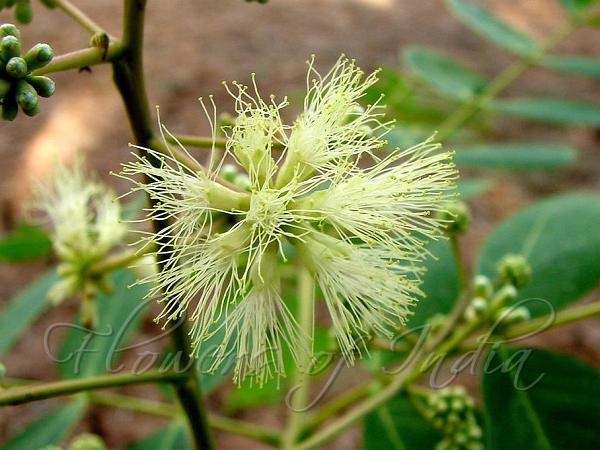|
| White Siris |
|

|

| File size | 126802 |
| Original date | 5/27/07 7:27 AM |
| Resolution | 1024 x 683 |
| Flash | Flash did not fire, auto |
| Focal length | 6.0mm |
| Exposure time | 1/60s |
| Aperture | 4.0 |
| Focus Distance | |
| Metering Mode | Multi-segment |
| Camera make | SONY |
| Camera model | DSC-H1 |
| Sensor type |
|
|
|
Photo: |
Botanical name: Albizia procera Family: Mimosaceae (Touch-me-not family)
White siris is native to moist deciduous and semievergreen
hill forests, swamp forests, and lowland savanna woodlands in
Asia from northern India through southeast Asia. It is a fast-growing
deciduous tree that generally reaches 10 to 20 m in height and
has a straight to somewhat curved stem, smoothish light brown
to light greenish gray bark, and a spreading thin crown. It grows best on very
moist, alluvial sites
of well-drained loams or clays but can tolerate shallow, dry,
stony, and sandy soils. Leaves about 40 cm long; pinnae about 4–12, 15–20 cm
long; leaflets 12–20, oblong-elliptic, rounded or retuse, 2–5 cm long,
oblique. Flowering generally occurs during the rainy season.
The distinctly fragrant (suggesting molasses) flowers form whitish glo-
bose heads 20 to 24 mm in diameter, borne on racemes 8 to 25
cm long near the ends of twigs. The fruits are flattened pods 10 to 20 cm long
and 1.8 to 2.5
cm broad, changing from green to deep red or reddish brown
on maturity; each contains 6 to 12 seeds. The fruits ripen 6 to
9 months after flowering, during the dry season, and usually
remain on the tree until the whole twig bearing the pods is
shed.
| Identification credit: Pravin Kawale, Navendu Pāgé | Photographed in Alibag & Pune, Maharashtra. |
• Is this flower misidentified? If yes,